Finding Safe Water – Sponsored by Blu Technology
Where Can Vanlifers Find Safe Water?
When it comes to campsite availability, 2022 looks a lot like 2021. With campervan and RV sales booming, finding an open site at many state, federal and private campgrounds is often impossible. It’s a matter of supply and demand, and demand exceeds supply right now. This means that boondocking is the preferred—often only—way to get away from the crowd.
Camping off-grid, aka boondocking, has plenty of advantages. But, of course, you already know it, or you wouldn’t be visiting this website. Although boondocking requires preparation, the camper van and many RVs are literally made for this challenge since they are small, agile, and frequently upfitted with onboard power, solar, and connectivity.
However, one frequently overlooked area is assuring an adequate a fresh, safe water supply. As Jeremiah Young, van lifer/road-tripper and former Afghanistan veteran serving with the famed U.S Army 10th Mountain Division says, safe water is probably the most overlooked critical element in van builds. You can find Jeremiah on IG here.
So how do you make sure you keep your water tanks filled? Fortunately, there are plenty of options for you just off the highway if you know where to look. Here are some that consistently work for us.
Safe Water From Campgrounds
One of the easiest ways to fill your freshwater tank with clean, safe water is to visit a campground. Most campgrounds provide access to water refill stations. If you’re not in the mood to rent a site for a night or two, ask the campground if you can stop by to fill up your water tank. Some only offer the water refill if you stay at the campground, but most will let you fill-up for a minor fee.
Safe Water From Gas Stations
Another option for filling up your water tank while on the road is to find a gas station that offers a fresh water tap. The downside is that you won’t find them at every gas station, and a tight parking lot may be challenging for larger RVs. Gas stations near tourist areas frequented by RVs are more likely to have potable water spigots available, and it is more common to find them available at truck stops like Love’s, Flying J, and Pilot.
Safe Water From Rest Stops
If you can’t find potable, safe water available at a nearby gas station, try looking at a highway rest stop. Rest stops are stationed on many major highways throughout the country, and they are an excellent opportunity to fill up while you’re on the road without going off-route. In addition, sometimes rest stops have dump stations, making this quick stop even more convenient.
Thankfully, the RV LIFE Pro app shows you where you can locate the nearest resources for safe drinking water, such as campgrounds, gas stations, and rest stops. If you don’t already have it, download the APP before your next trip. It provides a lot of other information and, in our opinion, is the best tool for trip planning. Visit RVLIFE.com for more information.
Natural Resources
Equipped with the proper system, you can fill your freshwater tank using natural water resources like a nearby lake, pond, or stream. The benefits are enormous. Imagine clean, safe water anywhere, anytime. BluTechnology offers a compact system designed for campers and van lifters. Their No Dirty Water RX and RX+ systems let you camp off-grid with an almost limitless supply of clean water.
The system utilizes a 0.2-micron filter, a special carbon filter, and a 12-volt pump plugs into a cigarette lighter or is powered by a cordless drill battery. The company says that the water from the RX is purer than 95% of municipal water supplies. The benefit here is evident, there is just the one-time cost of the system with an occasional filter replacement, and there’s no need to plan out a water refill route for your travels.
Other Considerations When Filling Your Freshwater Tank
Safety First
Concerns about safe drinking water safety are not new. People have been worried about the quality of their drinking water for centuries. Today, people worry about the potential water contamination from city sources like lead and heavy chlorination. Collecting water for your freshwater tank from a campground, gas station, or rest stop will give you varying water quality. To ease this concern, you can use a No Dirty Water Solo system from BluTechnology at your sink for reliable water, no matter the source or state of your freshwater tank. The Solo utilizes the 0.2-micron filter, which removes virtually all of the bad stuff.
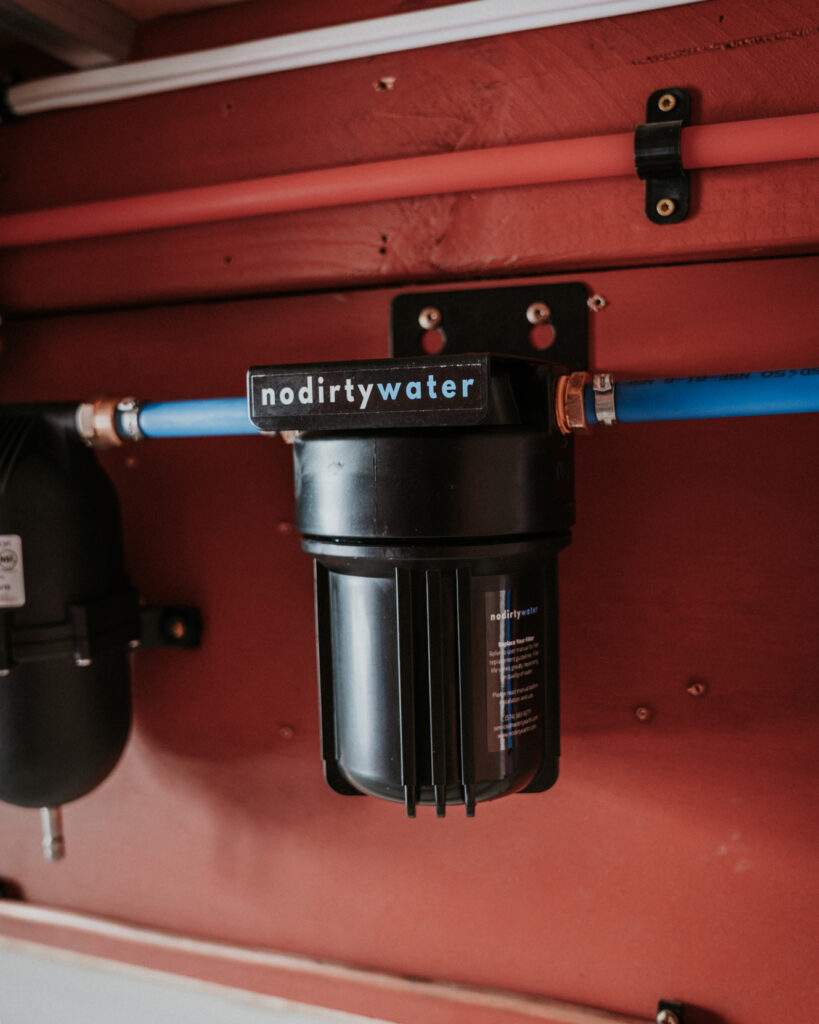
Taste is Essential
While the safety of your drinking water is a top concern, so is taste. Nobody wants to drink the overly chlorinated water you frequently find in campgrounds and public water sources. To fix this, include a high-quality carbon water filter in your van or RV water system. Unlike the blue cartridge water filter found in many RV supply stores, quality filters like those from No Dirty Water use a special filter incorporating coconut shell-activated charcoal to remove a higher percentage of chlorine chemicals. This is a real game-changer, especially when you’re brewing a cup of coffee!
Save Money & The Planet
How much can you save by filling your bulk water containers rather than buying bottled water? Depending on family size, it adds up if you figure on $5.00 a case, 2-3 cases, or more a week. On top of that, consider the expense and inconvenience of running to the store to restock, plus all those one-use bottles going into the landfill. That’s why we feel having an onboard source for clean, safe water makes so much sense.
Better MPG
We don’t always think about it, but traveling with a full tank of water can significantly add to your vehicle’s weight, reduce fuel economy, and increase the wear-and-tear on your van, motorhome, or camper. Water weighs about 8.3 pounds per gallon, so a 60-gallon tank adds almost 500 pounds to your rig. That’s a lot of unnecessary weight to be hauling around. Using an effective portable water purification system to fill up your water supply at or near your destination can eliminate that.
Conclusion
Final Thoughts: Although often overlooked, a major consideration on any van or RV trip is having plenty of clean, safe water. If you run out of this essential resource while camping, you’ll be forced to end your excursion early, so be sure to plan ahead to make sure you can fill up before your next adventure.
Special Offer to Van Lifers and RV LIFE Readers.
Vanlifers and RV LIFE readers can take 15% off our website price at checkout by using coupon code WATER15.
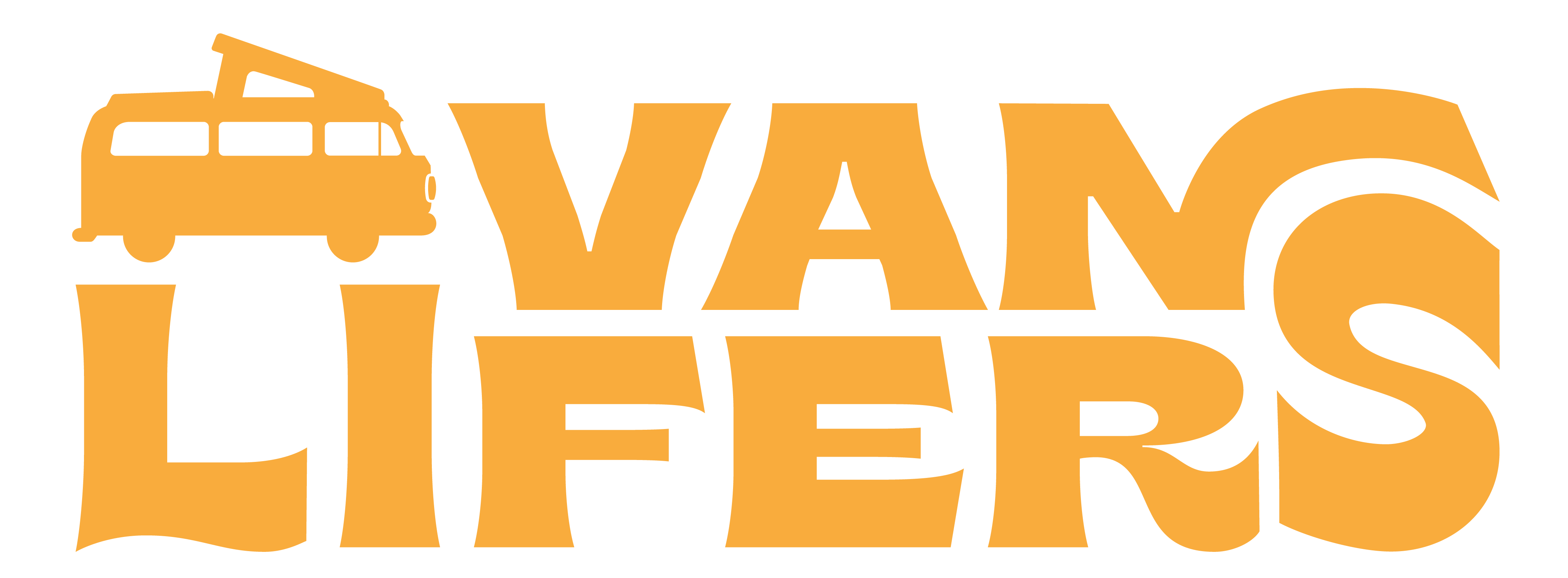
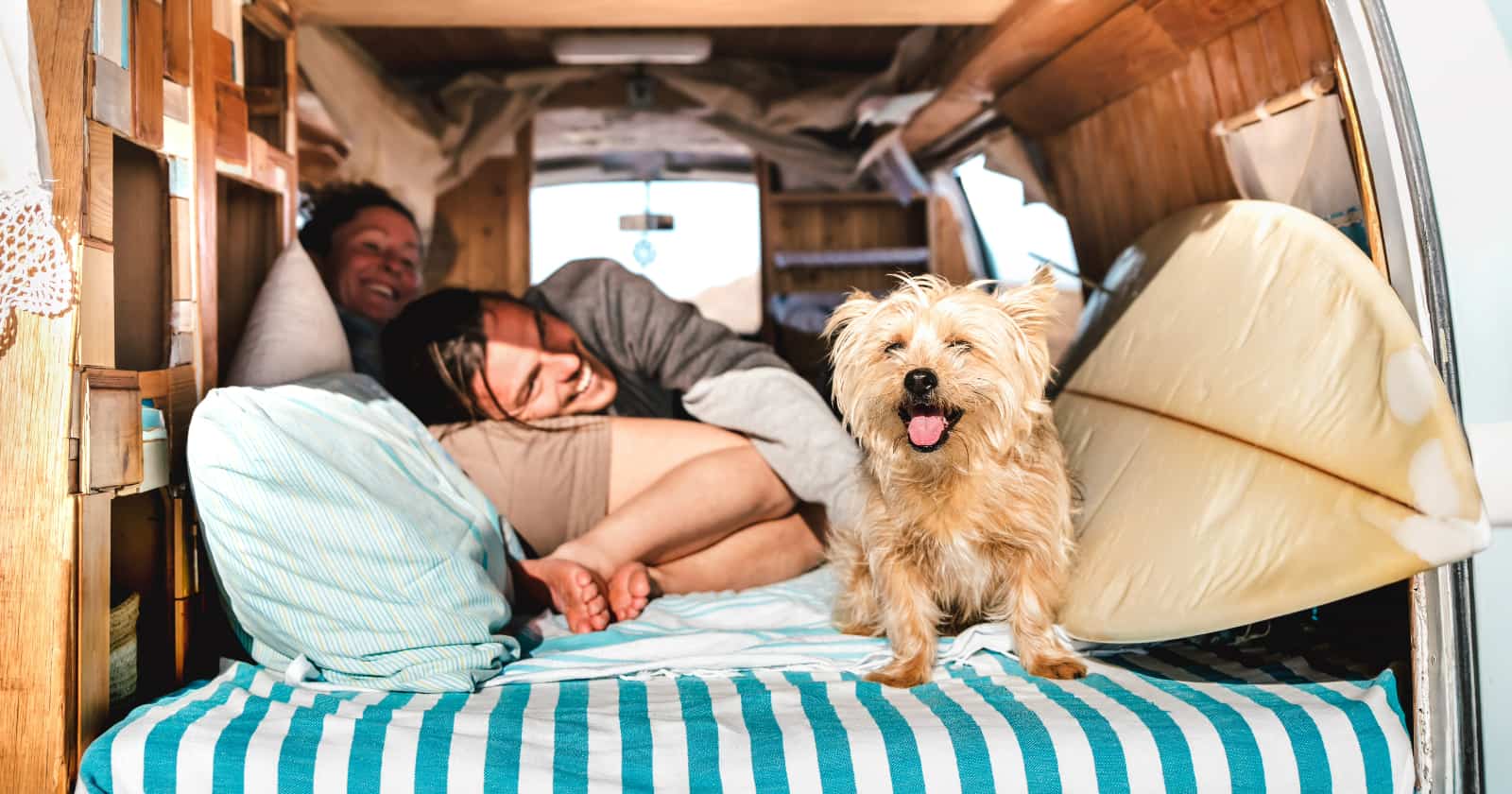
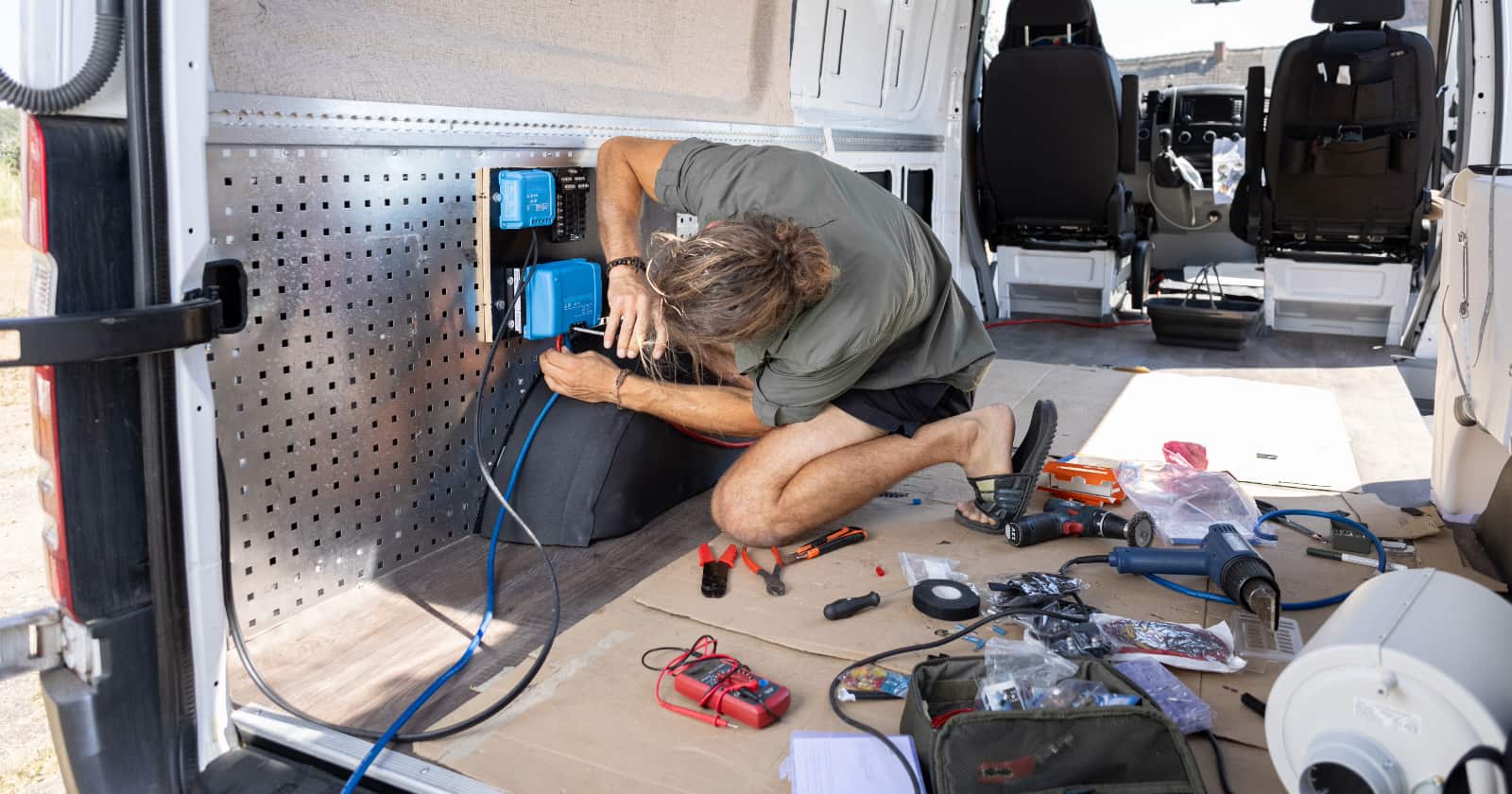
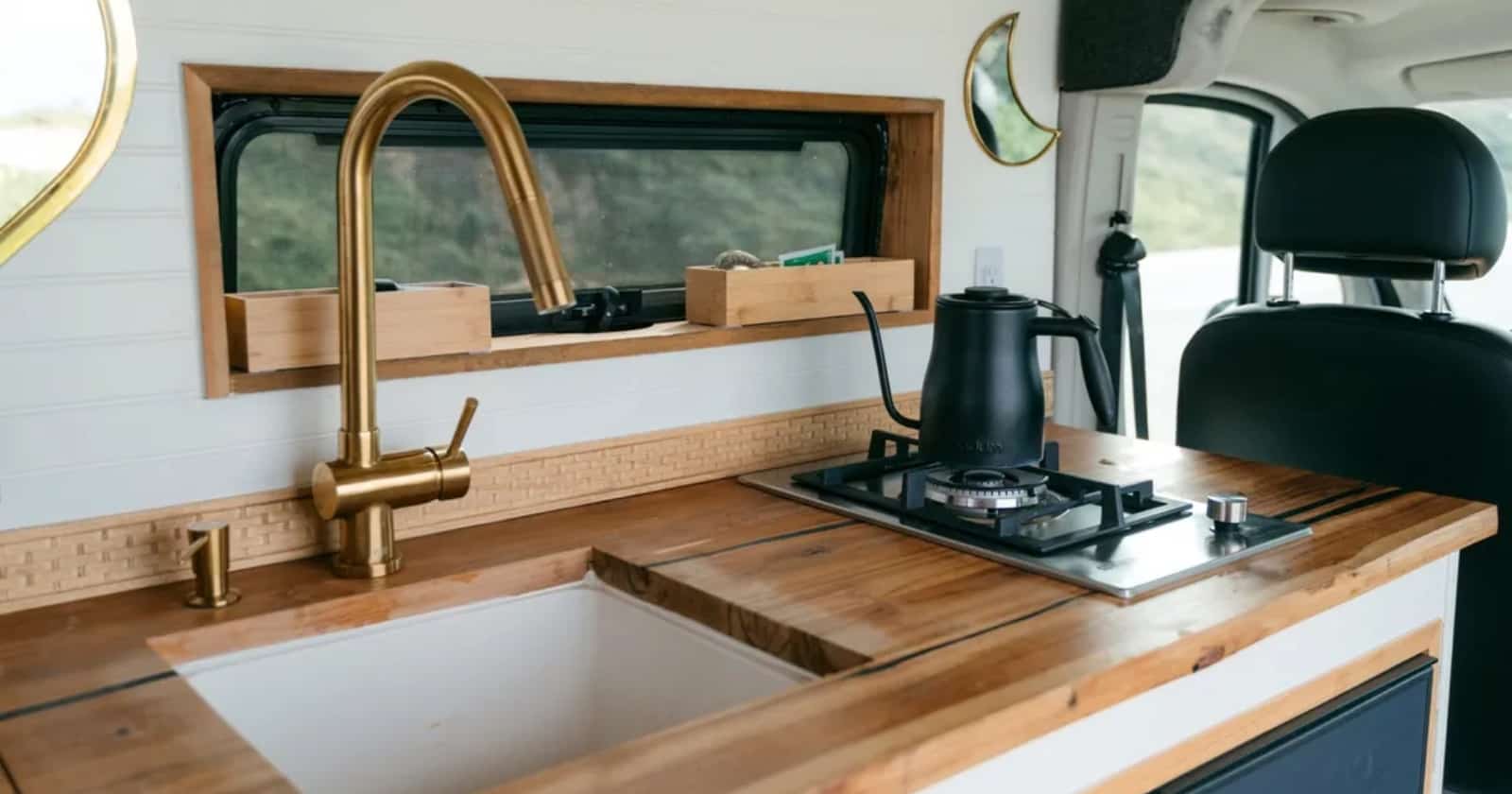
I have found that most all FairGrounds will allow you to fill up on fresh water. They have many spigots (for each barn or animal shelter) and the spigots are usually very easy to get too.
Don’t overlook the option of buying water from the carboy refill machines at a local grocery store. Most in our area are selling filtered water for around 50 cents or less per gallon. Many of these machines are located outside the store for 24/7 access, and are coin or card operated. You can use one of their five gallon containers, or bring your own, as long as it will fit the machine. Transferring the water to your coach can be a hassle, but you can get creative. With a piece of clear vinyl siphon tubing, and a parking space close to a picnic table, you can easily set up a siphon, or you can carry a small battery-powered pump. If you are boondocking in a rig with a small fresh water capacity in your onboard tank, one or two of these containers can last you a long time, and it’s easy to toss the empty containers in your toad for refill when you head into town for supplies. Many vanlifers are using these 5 gallon capacities as their sole fresh H2O sources very successfully.
Also, always carry a “water thief” connector on your rig for locations where the available spigot does not match the threaded end on your fresh water hose. Very frustrating to find a water source, then be unable to connect to it!
When I was campervaning I carried my water in containers. At gas stations I would empty and clean the PortiPotty and refill it using a portable hose with an end that fits over any spicket. I would then fill my containers using the same hose. I would leave the gas station with full water supply, a usable PortiPotty.
I would also fill up with gas.
Taste is not often unhealthy, clear water is pretty but pretty doesn’t mean healthy
This advertisement says their filter is good for particles down to 0.2 microns. That is small but the average virus size is around 0.03 microns. A large virus for example is a covid virus which is about 0.1 Micron. Viruses flow right thru a 0.2micron particle filter but the water will look clear. A charcoal filter does a good job of removing odors but doesn’t kill viruses.
If you are concerned about the safety of your water, find water from a treatment plant. Ozone, ultra violet and of course chlorine. With chlorine, studies say it converts to chloromines which may be bad but with proper use it sure does sterilize the water.
Final comment is to be as safe as possible, water lines that are end some distance from the treatment plant and don’t have a good flow rate tend to accumulate sediment which is a breeding ground for virus and bacteria.
A good filter system is good to have but you still need to be careful
No problem, about any water you can come across will do. However, not as is. My camper is still not finished, but I plan on doing for water is to carry in bottles. When I get low, or run out, will find water, run it thru a homemade filter (mainly what I am looking for then would be dirt, bugs, etc.). Once the water is clean, then I would put it thru a small still and distill it. I understand that process will kill any microbes or whatever in the water. Personally, I would distill service station water, etc. Basically, .all the water I will be using will be for drinking, cooking, and washing off the occasional knife, spoon, or whatever. I will be using paper cups, plates, bowls, plastic knives, forks, spoons. If I use a slow cooker, or instant pot, will use slow cooker liners. So, basically zero washup of utensils – I don’t wash my coffee cup, don’t want to lose any flavor. Oh yes, composting toilet, so no water used there. For showers, or washing up, no need for distilled water, just clean water.
It is all about statistical reduction. No filtration at all to 20 micron filtration is a first step. 20 micron standard filters to 0.2 micron filter is 10,000 times statistical reduction.
That is why hospitals use 0.2 micron in there showers and equipment.
But at a minimum filter your water for your long term health sake.